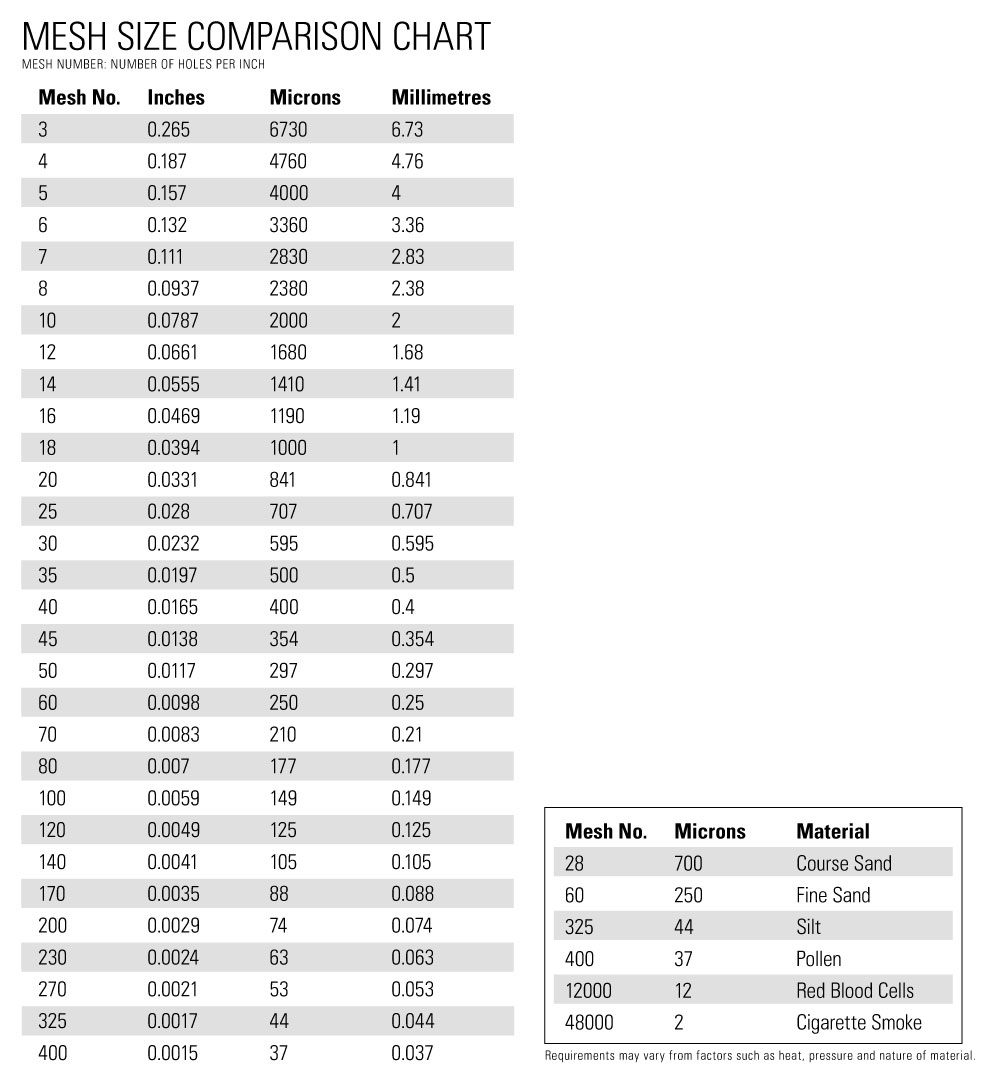What is glycol used for in oil and gas?
Oil and gas producers use Triethylene Glycol (TEG) to dehydrate natural gas.
How does glycol dehydration work?
When gas comes into contact with TEG, the water vapors entrained in the gas are absorbed in the TEG. The glycol essentially "soaks up" the water. This purifies the natural gas so the producer can sell it.
What is Glycol Filtration?
The most common issue that plagues gas dehydration systems is glycol contamination. The importance of glycol filtration in a dehy system cannot be overstated. The efficiency and longevity of a producer's glycol pump in particular depend on the particulates and contamination being removed from the glycol.
Proper maintenance is key for any filter or strainer to operate for extended periods of time and for the overall health of the dehydration system.
Producers use filters to remove impurities from the glycol. The three most common glycol filters include:
- Strainers
- Sock filters
- Carbon filters
Let’s look at each one in detail.

glycol Strainers
Strainers are steel housings with stainless-steel mesh screens. They catch larger particles in the glycol flow line that can easily damage the glycol pump. Strainers can be installed both upstream and downstream of the glycol pump, but are most commonly placed on the low pressure line from the surge tank to the pump.
When they become clogged with debris, strainers can restrict the flow of glycol, so operators need to check and clean them regularly to avoid starving the pump of glycol.
There are two common types of strainer: T-strainer and Y-strainer.
Different mesh ratings are available, but the most common are:
- 16
- 30
- 50
- 80
- 100
The higher the mesh number, the smaller the particles it can catch. The mesh size for strainers is usually denominated in mm or microns, but it can also be assigned a mesh number, which is number of holes per inch.

Glycol Sock Filter
Glycol Sock Filters remove gritty solids from the glycol flow stream. They are most commonly installed just downstream of the flash separator. If the filters are located on the high suction or high discharge side of the glycol pump, one danger is the sock filter can disintegrate due to extreme differentials pressures when it becomes plugged or clogged with debris.
Sock filters located on the low-pressure suction side of the pump can also starve the pump if they are plugged.
Sock filters are made of three layers of material:
- Core wrap—made of cheese cloth, non-woven nylon, or non-woven polyester
- Filter media—made of blended white cotton, wood fiber blend, cotton string, or polypropylene
- Outer sock—made of cotton, orlon, nylon, and polypropylene
Filter elements come in a variety of micron sizes (particle size), and it may be necessary to start with a larger micron rating and progress to smaller micron filters as the glycol is cleaned of contaminants. The most common rating for glycol is 5 microns.
glycol Carbon Filters
Producers install carbon filters downstream of other strainers or filters.
Carbon or charcoal glycol filters remove liquid hydrocarbons, compressor oils, degradation compounds, and other carbon impurities from the glycol flow stream by catching these molecules in the charcoal's pores. Some of these contaminates can cause glycol to foam, which can create issues for the dehydration equipment.
Like a sponge, the carbon filter absorbs hydrocarbon impurities from the glycol until it becomes saturated, at which point the filter needs to be replaced because it cannot absorb any more and the hydrocarbons will pass through it.
Carbon/charcoal filters can be manufactured from several carbon base substrates including lignite coal, bituminous coal and sub-bituminous coal.
There are many different contaminant sizes in a typical glycol dehydration system, and if the pore size of the carbon is too small, larger contaminants can “clog” them and decrease the effectiveness of the filter.
The right charcoal material will need to be selected for the applications it’s being used in. These materials have different pore sizes and can be more or less effective in certain applications.
Activated carbon can also be used to increase the efficiency of the filter. The activation process increases the internal surface area of the carbon’s pores and allows it to “absorb” more or larger particles.
With these carbon filters collecting impurities, glycol foaming, excess build-up in vessels, and water content can all be lowered.
All three of these filter types can be used on the same location, and depending on the filtration needs, several of each may be installed.
To learn more about dehydration systems, check out our YouTube playlist Natural Gas Dehydration Training.








































